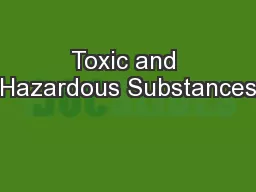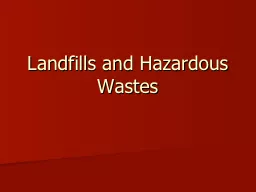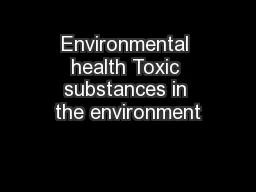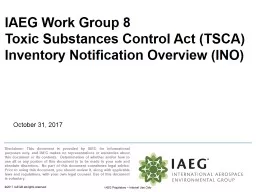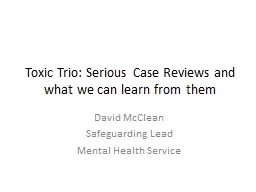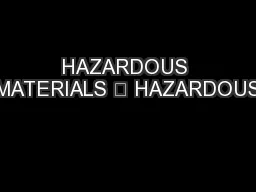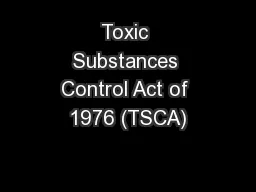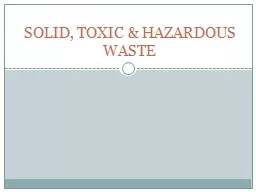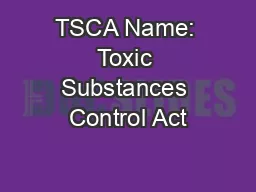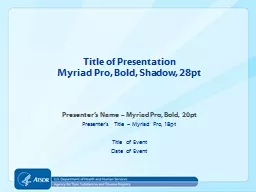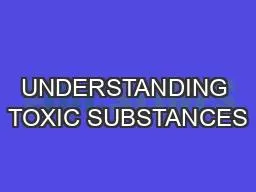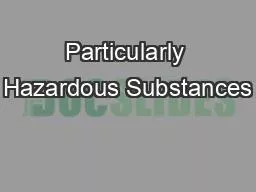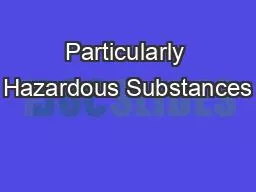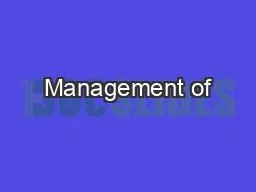PPT-Toxic and Hazardous Substances
Author : luanne-stotts | Published Date : 2018-11-10
1910 Subpart Z Presented by ETTA OSH Division 9198072875 Objectives Introduce toxic and hazardous substances Identify where to find toxicological information Understand
Presentation Embed Code
Download Presentation
Download Presentation The PPT/PDF document "Toxic and Hazardous Substances" is the property of its rightful owner. Permission is granted to download and print the materials on this website for personal, non-commercial use only, and to display it on your personal computer provided you do not modify the materials and that you retain all copyright notices contained in the materials. By downloading content from our website, you accept the terms of this agreement.
Toxic and Hazardous Substances: Transcript
Download Rules Of Document
"Toxic and Hazardous Substances"The content belongs to its owner. You may download and print it for personal use, without modification, and keep all copyright notices. By downloading, you agree to these terms.
Related Documents

